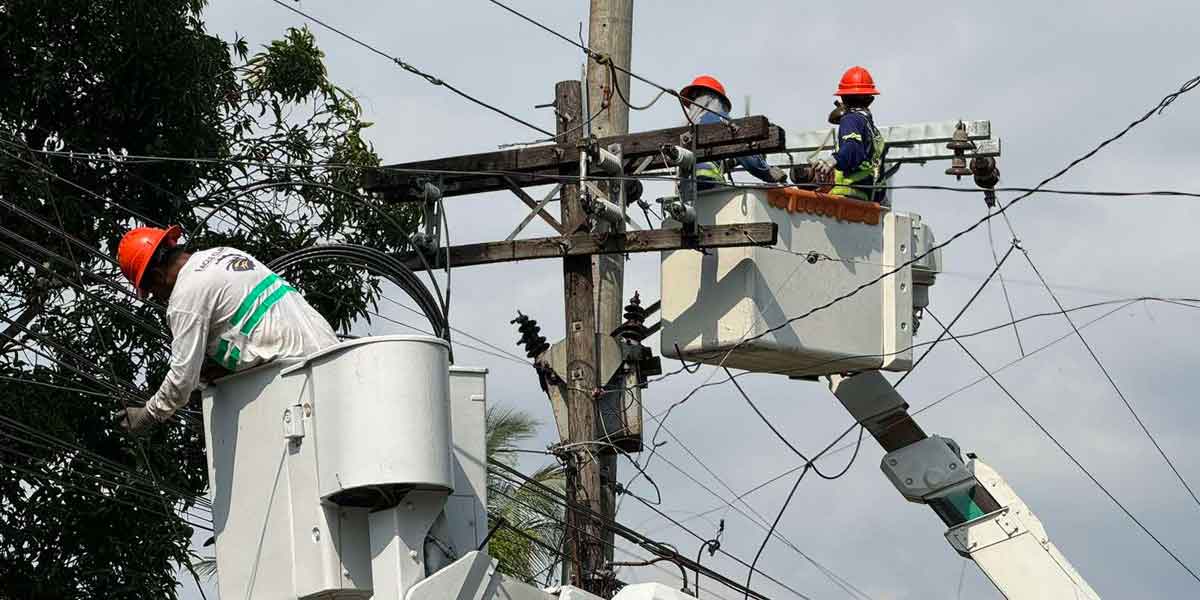
By Joseph B.A. Marzan
The city and provincial governments both expressed uncertainty if they will reinstate face mask requirements, amid a visible rise in coronavirus disease 2019 (COVID-19) cases in April 2023 alone.
Iloilo City Mayor Jerry Treñas told reporters via Viber that they are still monitoring the current rise of COVID-19 cases, reiterating that face mask requirements are limited to the city hall only.
“We are just monitoring [COVID-19 cases]—mask [requirements] is [currently] for city hall [only],” Treñas said.
The city logged 51 cases from April 1 to 16, or an average of 3 new cases per day, according to the Iloilo City Health Office (ICHO), citing data by the Department of Health (DOH).
The city hall’s mask requirement for employees and visitors was reinstated earlier this month after the mayor himself contracted COVID for the first time and was hospitalized in end-March.
The current case log exceeded monthly totals in January (34), February (23), and March (44) and more than half of cases logged in December 2022 (99).
Iloilo City’s figures are also the highest in the region according to DOH data, followed by Bacolod City (49), Negros Occidental (44), Iloilo province (36), Guimaras (9), Antique (8), Aklan (2), and Capiz (1).
ILOILO PROVINCE
Iloilo Provincial Health Office (IPHO) head Maria Socorro Quiñon confirmed observations of COVID cases rising in the province since mid-March, even as she reiterated the need for minimum health protocols and vaccination.
IPHO data as of 12 p.m. of April 17 indicated 25 new cases between April 10 and 16.
There are 39 active cases as of this writing, 21 of which are symptomatic and 16 are symptomatic.
Out of the province’s 43 local government units (LGUs), 20 have zero cases and 23 have active cases, including Ajuy, Anilao, Badiangan, Calinog, Concepcion, Dingle, Dueñas, Dumangas, Estancia, Igbaras, Janiuay, Lambunao, Leganes, Maasin, Oton, Passi City, Pavia, Pototan, San Rafael, Santa Barbara, Sara, Tigbauan, and Tubungan.
Quiñon explained that cases started rising in the first week of April.
Five cases were recorded on April 3, one on April 4, two on April 5, four each on April 6 and 7, one on April 8, two on April 9, one on April 10, five on April 11, two on April 12, six on April 13, five on April 14, and four on April 15.
“Obviously, our cases have been rising in the province of Iloilo and even in the whole country. [Between] March 19 to April 1, 2023, our [new COVID] cases were at 23 only. But if you look [between] April 2 to 15, [the number of new cases] reached 43. The average number of new cases is more than 3,” Quiñon said.
The provincial health chief attributed the rise in cases to the easing of restrictions, especially the use of face masks. But she stopped short on whether she would recommend reinstatement of mandatory use of face masks.
She reminded the public of the province’s “3M” strategy, “Mag-maskara” (Wear face masks), “Maghinaw” (Handwashing), and “Mag-distansya” (Physical distancing).
“We’ve seen that many have stopped wearing [face] masks, especially in closed spaces. It would be okay if it were open spaces and if we maintain physical distancing. However, if we are in closed spaces, in offices, we encourage that everyone return to wearing face masks, because nothing will be lost if we follow, as well as frequent handwashing and the use of [rubbing] alcohol, refrain from holding hands [or] shaking hands,” she said.
The rise in cases also comes with the lower utilization of COVID vaccines here, with only 29 administered this month, a stark decrease in vaccinations from last March with 2,375.
Iloilo province currently has 1.29 million persons who are fully vaccinated, or 88.43 percent of the targeted 1.46 million population, which was set in 2021 when mass vaccinations were on the rise.
The number is 85,379 less compared to the 1.3 million persons who received the first dose of the vaccine.
As to boosters, only 290,054, or 19.84 percent of the target population, have received the first dose of booster shots, while 25,216, or 1.73 percent, got the second booster shot.



















